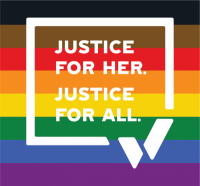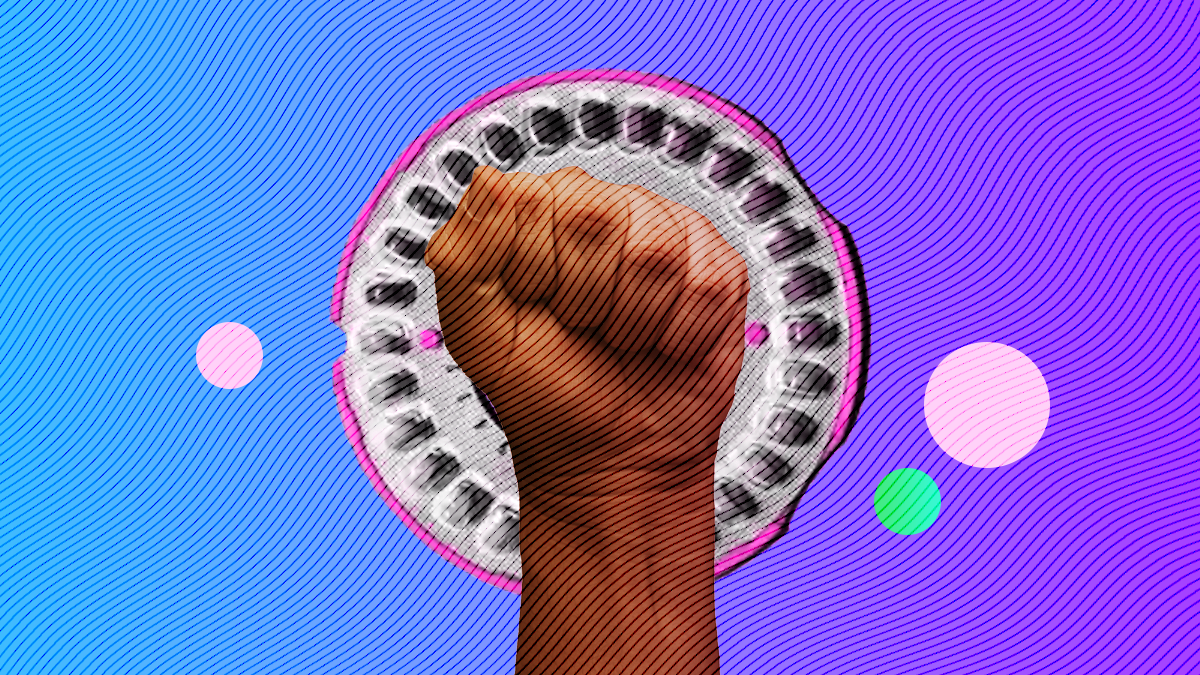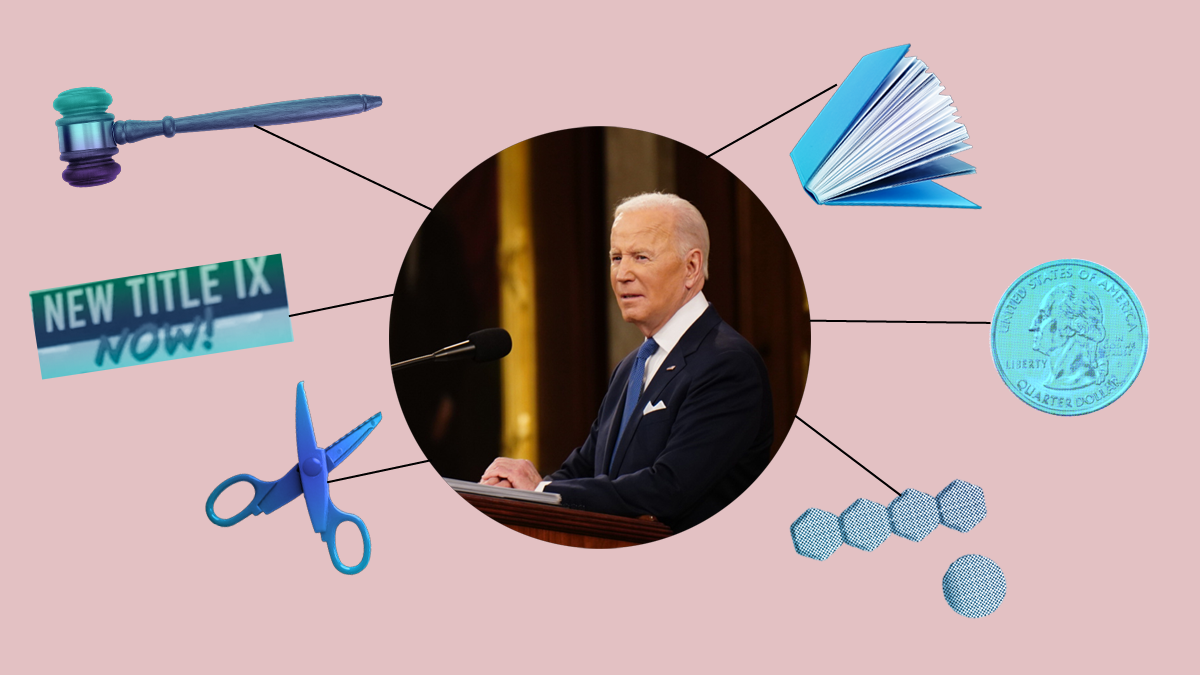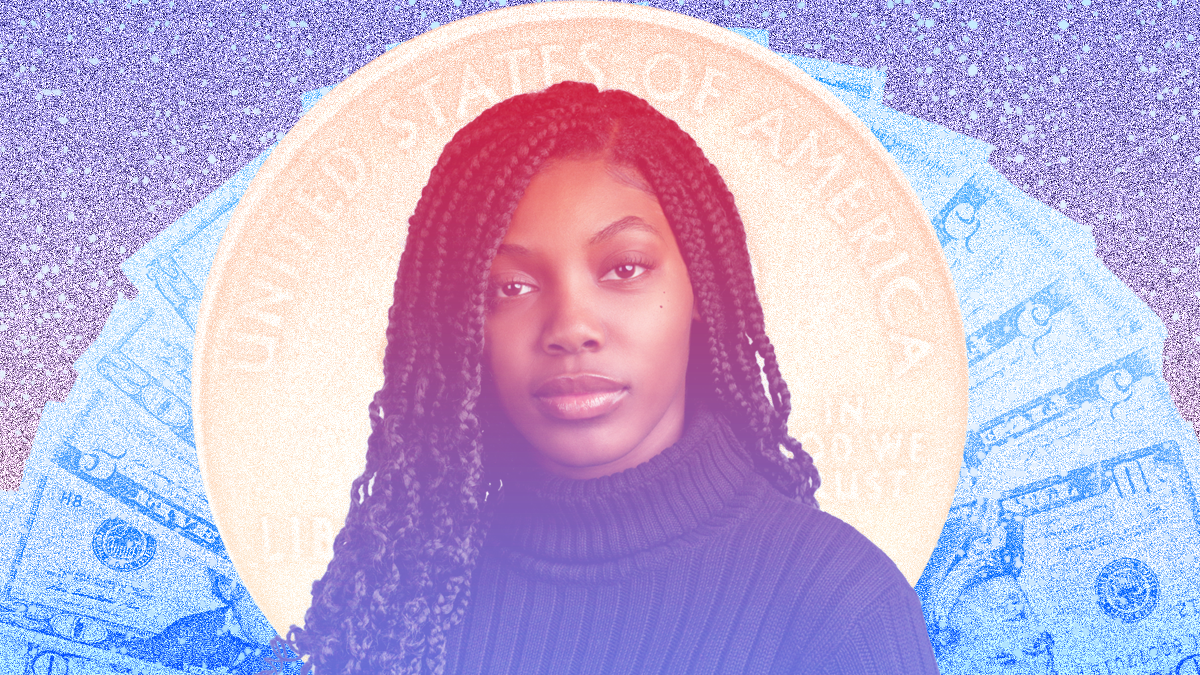We Need Wage Gap Data for LGBTQ Workers. Here’s Why.

On other equal pay days we promote data, but when it comes to pay data between LGBTQ and non-LGBTQ workers, we don’t have reliable, comprehensive numbers to highlight.
Instead, we are using June 16 as a day of awareness around the lack of data on the wage gap between LGBTQ and non-LGBTQ workers, and to highlight the disparities LGBTQ communities face in housing, poverty, and general scarcity. Check out our tweetstorm here to follow along and participate.
We must work together to get from here:

To here:

I’m not a statistician or researcher, but I know the following issues impact pay equality for LGBTQ workers.
- Explicit discrimination in the workplace. Like being fired from a job because of your sexuality or gender identity. Even though this discrimination was outlawed by a SCOTUS decision in June 2020, LGBTQ workers had no explicit protections in 27 states prior to that ruling.
- Implicit discrimination in the workplace. For example, being passed over for promotions if you cannot fit into a heteronormative workplace culture. If your workplace hosts informal get-togethers where you’re expected to bring your partner, or office conversations presuppose straight as the norm, you may not be able to participate and gain a sense of camaraderie with your colleagues. Being excluded from these conversations (or needing to stay silent) may impact advancement in the workplace.
- Multiple identities can mean greater disparity. For example, lesbian couples or couples including non-binary individuals are doubly impacted by the gender wage gap. Trans women and trans men facing the gender wage gap are compounded by their transgender identity. And LGBTQ individuals, particularly youth, experience homelessness at higher rates. LGBTQ young people are 120% more likely to experience homelessness than non-LGBTQ youth. Queer people of color face the intersection of the racial wealth gap and the LGBTQ wage gap.
- Hiding impacts mental health. The stress of being compelled to hide your life or pass for cis/straight out of fear of discrimination impacts mental health. Even in progressive workplaces, disclosing a non-heteronormative identity can be risky.
- Non-binary individuals still deal with the impact of the wage gap. Even when someone openly identifies as non-binary, their workplace might not recognize that. Or if they previously presented as a woman before identifying as non-binary, they deal with the ramifications of the gender wage gap. A trans man who comes out later in life still has to deal with the impact of the gender wage gap even though he no longer identifies as a woman.
Largely, our country has a heteronormative workplace system that fails to understand how gender identity and sexuality fit into the wage gap. And without data, anecdotal evidence can only take us so far. Data is power, especially when passing legislation. Research on the gender wage gap began in 1960, and the Equal Pay Act passed in 1963. We know that LGBTQ workers face inequities in the workplace, but if we can’t identify the scope of the wage gap specifically for LGBTQ workers, little will change. The Biden administration and other policymakers must fund research to find answers to the following questions that will ensure equal rights in the workplace.
What is the federal wage gap between straight and non-straight workers, and between cisgender and transgender/non-binary workers?
These are baseline questions. We can infer the issues listed above would have an impact on pay equity for LGBTQ workers, but we won’t know how big the disparities are until we have the data.
How does the wage gap differ between trans men and cis men, and trans women and cis women?
Similar to non-binary workers, trans people may be impacted by the wage gap differently depending on whether their workplaces accepted their gender identity. A trans man may have dealt with years of the gender pay gap if his workplace did not recognize him as a man. However, we still don’t have reliable, comprehensive data telling us how transgender identity impacts the gender wage gap, which we need to shape policies and correct inequities.
How does the LGBTQ wage gap differ by state?
Prior to the 2020 SCOTUS ruling, many workers had to contend with employment discrimination and being fired because they were LGBTQ with little to no legal recourse. Since protections vary by state, we need data that tells us whether LGBTQ workers were paid more equitably in states that had more legal protections in place before 2020.
How does the wage gap affect different members of the queer community? For example, how does the gender wage gap impact gay men and lesbian women?
We don’t just need data on the wage gap between LGBTQ and non-LGBTQ workers. We also need to know how gender and racial wage gaps affect different segments of the community differently. Too often, the queer community is treated as a monolith, when in fact it’s a diverse body of people with wildly varied experiences.
During Pride Month and on this day of awareness, we must call for the knowledge we need to address these deep, systemic issues. It is well past time for LGBTQ workers to be counted in equal pay research.
In other words, show us the data.





